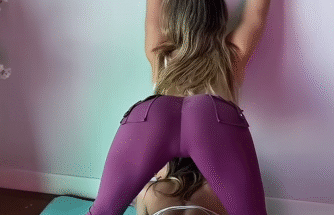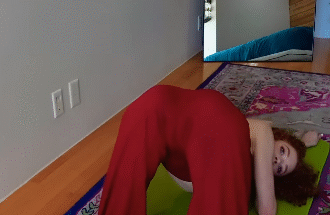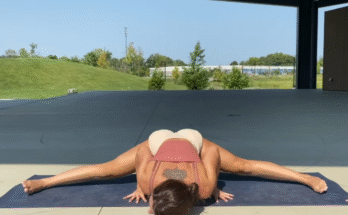Relaxing Flexibility Yoga Flow
In a world that’s constantly moving, where our bodies and minds are often pushed to the limit, finding moments of stillness and softness becomes essential. Yoga provides a powerful way to reconnect with ourselves, and among its many benefits, flexibility and relaxation are two that stand out. A Relaxing Flexibility Yoga Flow is more than just a workout—it’s a form of moving meditation that invites peace, presence, and a deeper connection to the body.
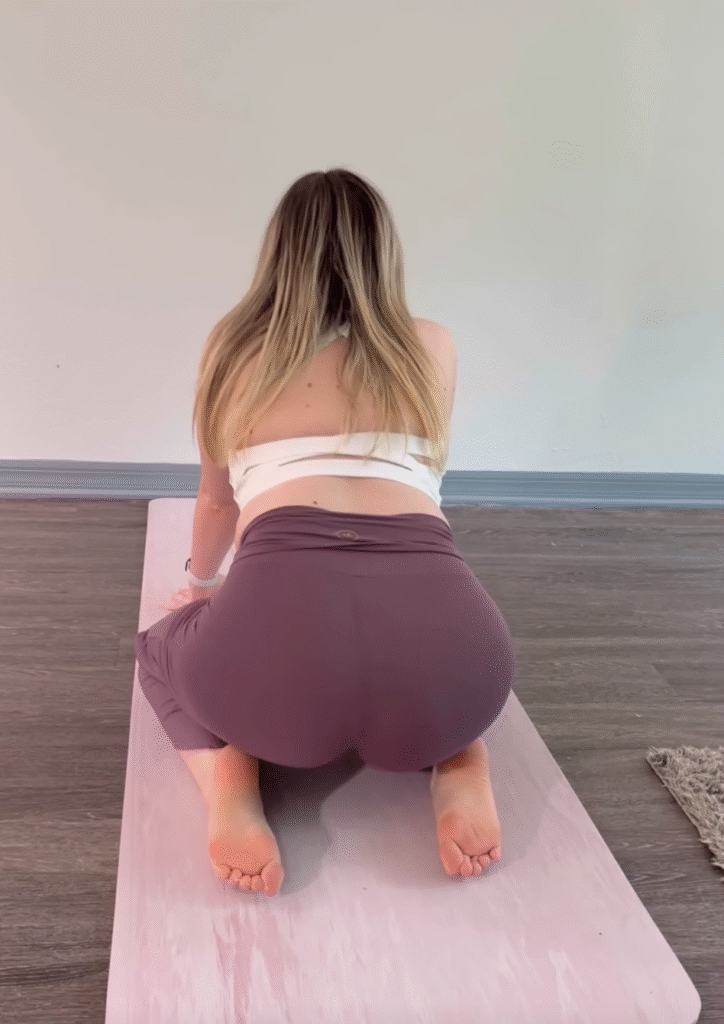
Whether you’re just starting your yoga journey or have been practicing for years, this flow is designed to be accessible, calming, and effective in promoting both flexibility and relaxation. Let’s explore how a gentle sequence of stretches and mindful breathing can leave you feeling more open, loose, and at ease.

Why Flexibility Matters
Flexibility isn’t about doing the splits or touching your toes—it’s about freedom of movement, reducing stiffness, and maintaining a healthy, functional body. As we age, our muscles naturally tighten, and without regular stretching or movement, this can lead to discomfort, poor posture, and even injury. A consistent yoga practice focused on flexibility can help keep the joints mobile and the muscles supple.
Moreover, flexibility doesn’t just live in the body—it lives in the mind. When we learn to release tension in our hips, hamstrings, or shoulders, we often find emotional release as well. That’s because the body holds onto stress, and stretching becomes a doorway to letting go, to softening.
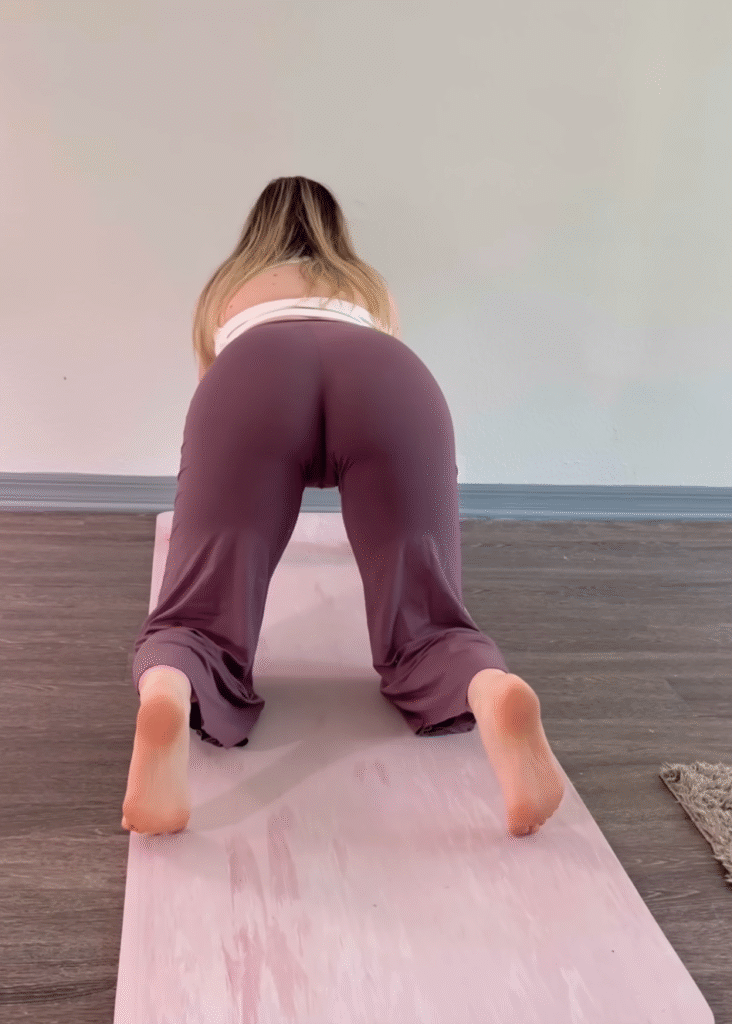
The Power of Relaxation in Yoga
While many forms of yoga focus on strength, balance, or endurance, the beauty of a relaxing flow lies in its gentleness. It allows you to slow down, tune in, and really feel. This style of yoga is perfect for winding down after a long day, easing into your morning, or simply finding a peaceful pause in your routine.
The combination of slow, deliberate movements, extended holds, and mindful breathing activates the parasympathetic nervous system—the “rest and digest” state that helps calm the mind and reduce stress. It’s like pressing a reset button for your body and spirit.
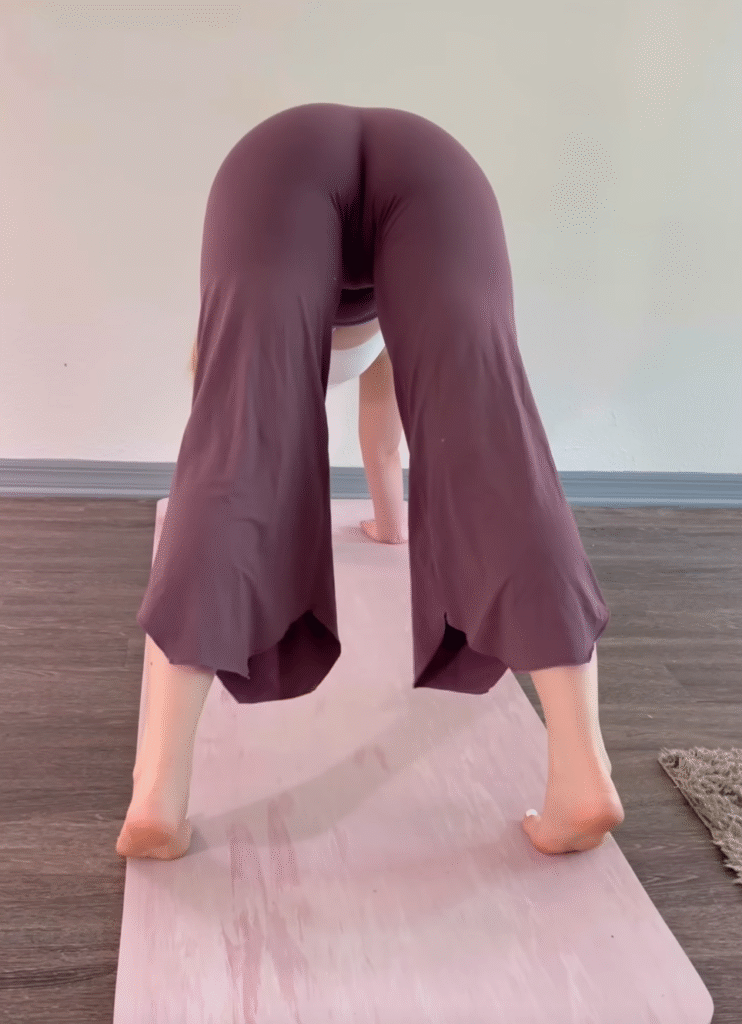
The Flow: Sequence for Relaxation and Flexibility
Let’s walk through a simple but effective flow. You can do this in about 25–35 minutes, but you’re welcome to linger longer in any pose that feels good.
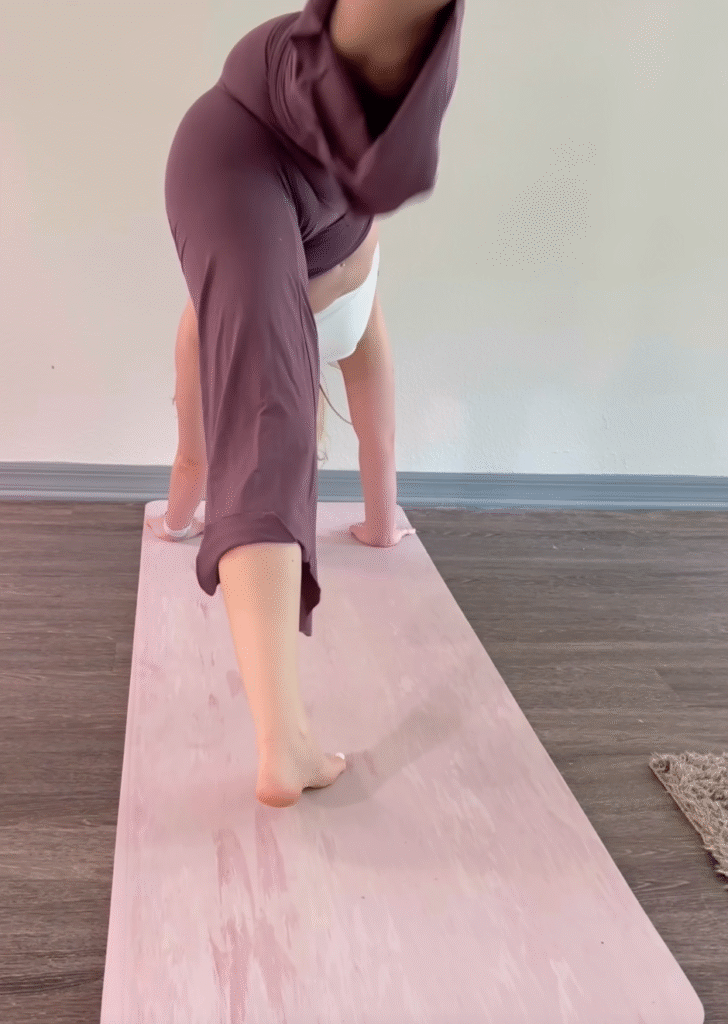
1. Seated Centering (2–3 minutes)
Begin in a comfortable seated position. Close your eyes, rest your hands on your knees, and bring your awareness to your breath. Inhale deeply through the nose, exhale slowly through the mouth. Let go of tension. Feel your body supported by the ground. This is your time.
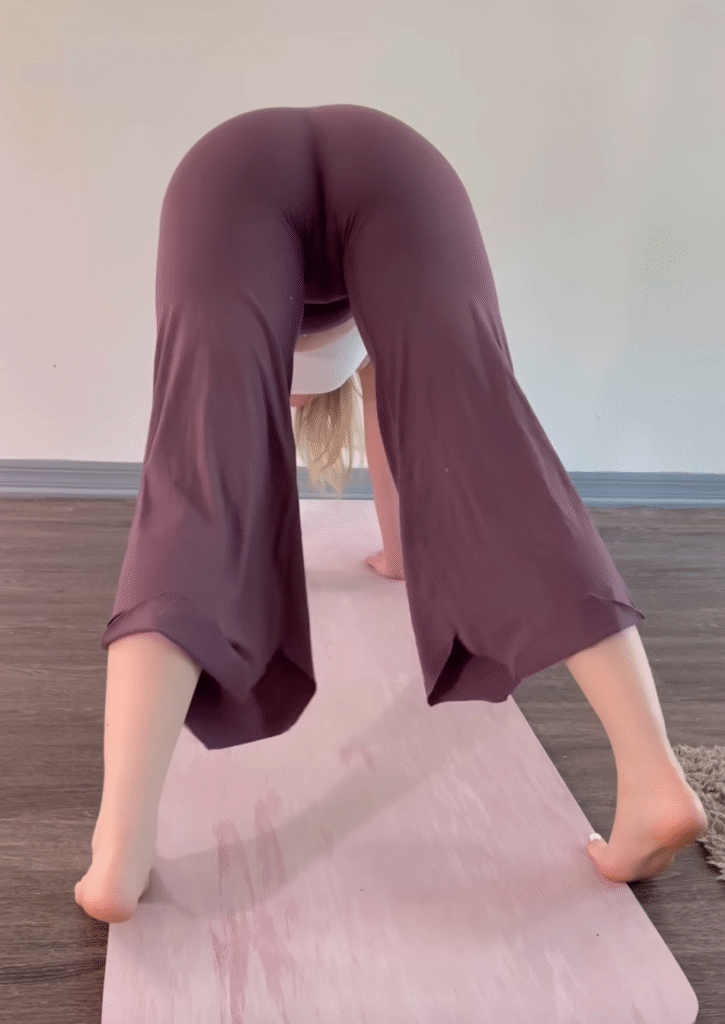
2. Neck Rolls and Shoulder Shrugs (2 minutes)
Gently roll your neck in slow circles, loosening any tightness. Shrug your shoulders up and back, then down, releasing any built-up tension. Repeat several times.
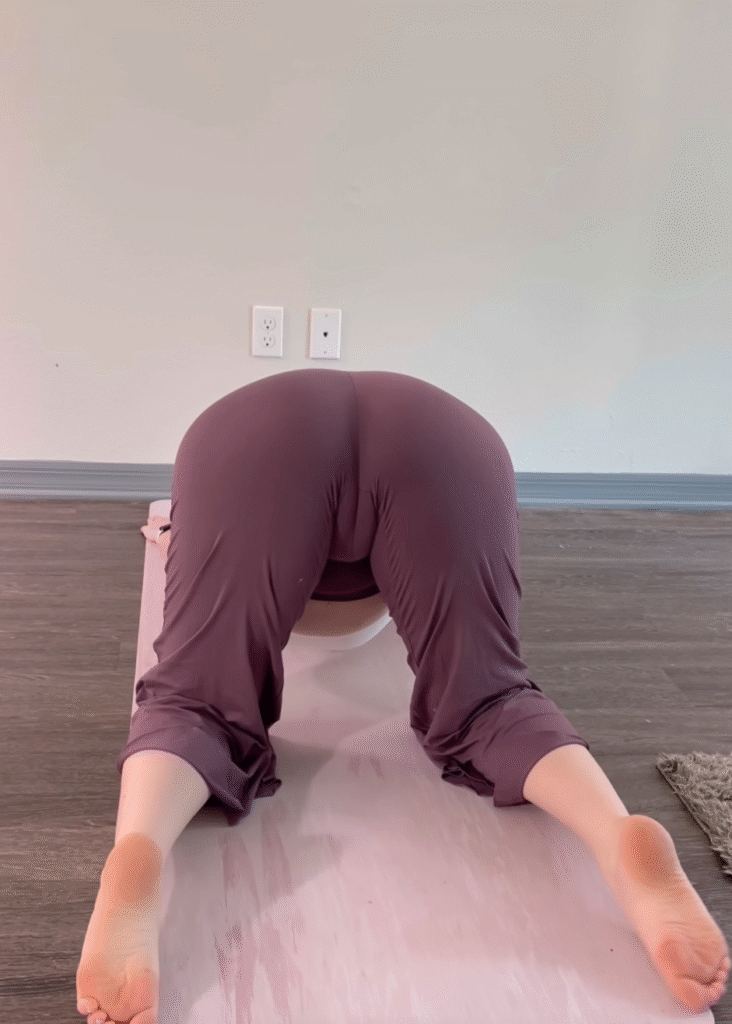
3. Cat-Cow Stretch (5 breaths)
Come onto your hands and knees in a tabletop position. On the inhale, drop your belly, lift your chest and tailbone (Cow). On the exhale, round your spine, tuck your chin (Cat). Flow slowly with your breath, awakening your spine.

4. Child’s Pose (2–3 minutes)
Sink your hips back toward your heels, stretch your arms forward, and rest your forehead on the mat. Let your whole body soften. Breathe into your back body and feel the expansion with each inhale.

5. Downward-Facing Dog (5–7 breaths)
Lift your hips up and back, forming an inverted V shape. Keep your knees slightly bent if your hamstrings are tight. Pedal your feet gently, loosening the calves and ankles. Let your head hang and release any tension in the neck.

6. Low Lunge (2 minutes each side)
Step your right foot forward into a lunge, dropping your left knee to the mat. Bring your hands to your thigh or reach them overhead. Breathe into the stretch in your hips and hip flexors. Switch sides.
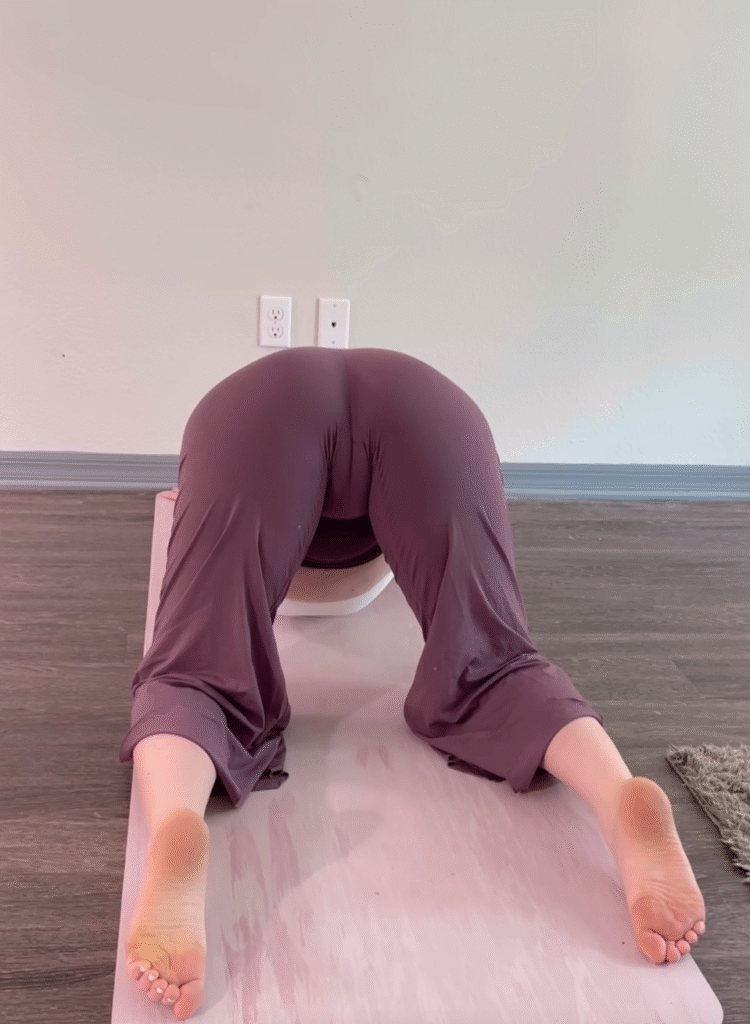
7. Seated Forward Fold (3 minutes)
Sit with your legs extended. Inhale to lengthen your spine, then exhale to hinge forward from your hips. Let your hands rest on your legs or feet. No need to force the stretch—just let gravity do the work.
8. Butterfly Pose (2–3 minutes)
Bring the soles of your feet together and let your knees fall open. Hold your feet or ankles and gently fold forward if it feels good. This pose opens the hips and encourages inner calm.
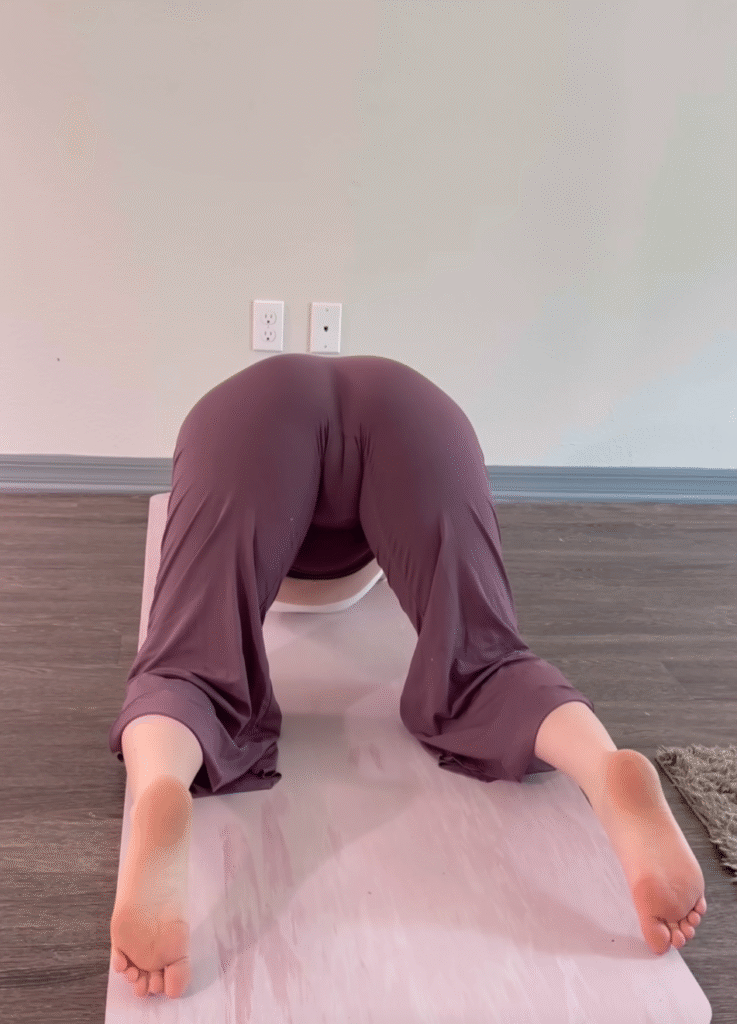
9. Supine Twist (2 minutes each side)
Lie on your back, hug your right knee into your chest, then guide it across your body to the left. Stretch your right arm out and gaze in the opposite direction. Feel the gentle twist through your spine. Repeat on the other side.
10. Happy Baby (1–2 minutes)
While lying on your back, bring your knees toward your armpits and hold the outside edges of your feet. Gently rock side to side, massaging your lower back. This playful pose releases the hips and sacrum.
11. Legs Up the Wall (5 minutes)
Move to a wall and swing your legs up, resting them vertically. Let your arms rest by your sides, palms facing up. This pose is deeply restorative, promoting circulation and calm.
12. Savasana (5–7 minutes)
End your practice lying flat on your back. Let your legs and arms relax completely. Close your eyes. Soften your face. Breathe naturally. Simply be.
Tips for a More Relaxing Practice
- Use props: Pillows, yoga blocks, and blankets can help support your body and make poses more comfortable, especially in deeper stretches.
- Focus on your breath: Your breath is your anchor. Let it guide your movements and bring you into the present.
- Practice in a quiet space: Create a calm environment with soft lighting or relaxing music. Make it your sanctuary.
- Be gentle with yourself: Yoga isn’t about forcing or pushing. Listen to your body and honor where you are each day.
The Mind-Body Connection
A relaxing flexibility flow isn’t just about physical movement—it’s about mental release. When we take time to stretch, breathe, and slow down, we create space for healing, creativity, and reflection. We teach ourselves how to stay grounded in a chaotic world.
Over time, this practice becomes more than just a routine—it becomes a ritual of self-care and inner peace.
Closing Thoughts
You don’t need to be flexible to start yoga. In fact, you start yoga to become more flexible—in body, mind, and spirit. This relaxing flow is an invitation to step into that journey with compassion and presence. Whether you’re using it as an evening wind-down, a weekend ritual, or a daily practice, it’s a beautiful way to reconnect and realign.
So roll out your mat, take a deep breath, and let go. You deserve this moment of peace.
Would you like this formatted for a blog post or printed guide, maybe with images or poses listed in a visual format?

